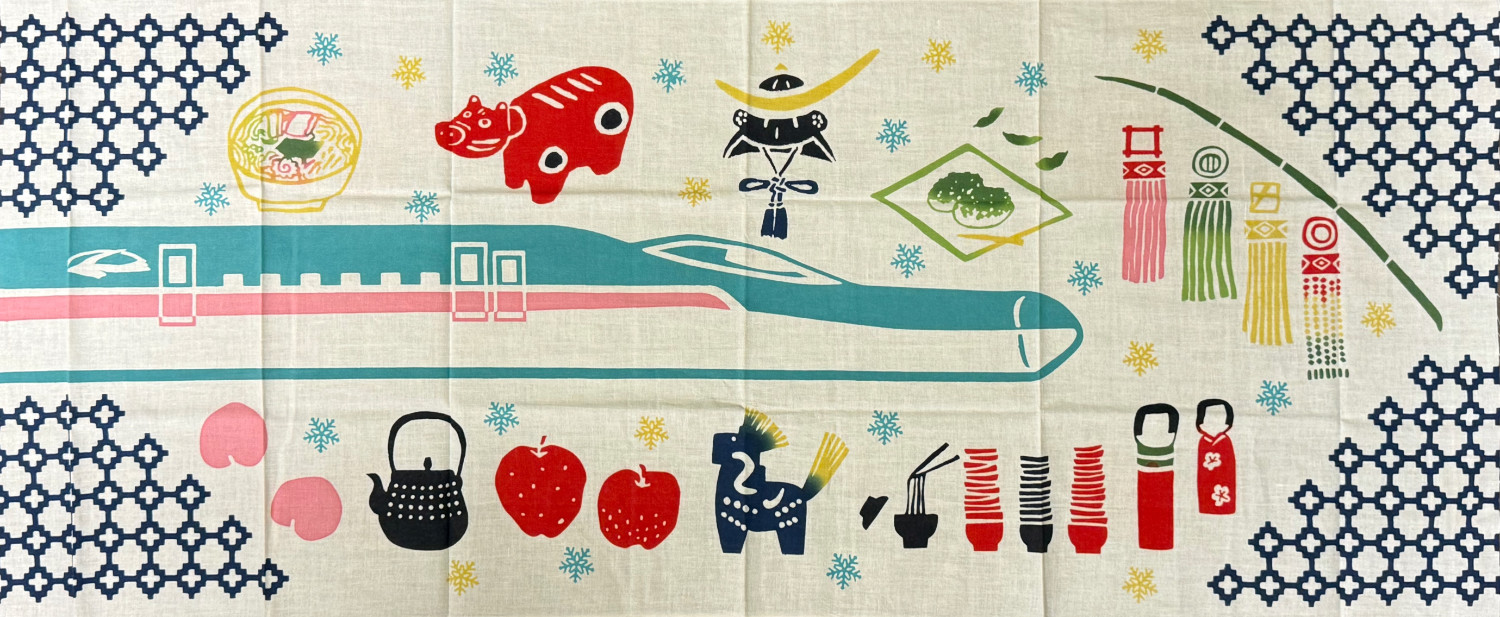
Firstly, let me wish you a happy new year! I hope that this will be the greatest year so far.
I spent New Year’s Eve with my wife, and we made it to the top of a nearby hill from which we saw the fireworks for all of London. The spectacle was all around us, so it was a little bit magical.
The next day I woke up with a cloudy head and so I did not do much, but I did see that Japan House was selling lucky bags (福袋). I had heard about the concept a few times, so I was interested in getting one for myself.
Japan House offered their bags in three sizes / price points. I got the largest.
The first item I got was a traditional hand towel (pictured above), known as a tenugui. It features a design from Trainiart with illustrations focused on the Touhoku region. I have some homework to do if I want to discover why each of the illustrations were chosen.
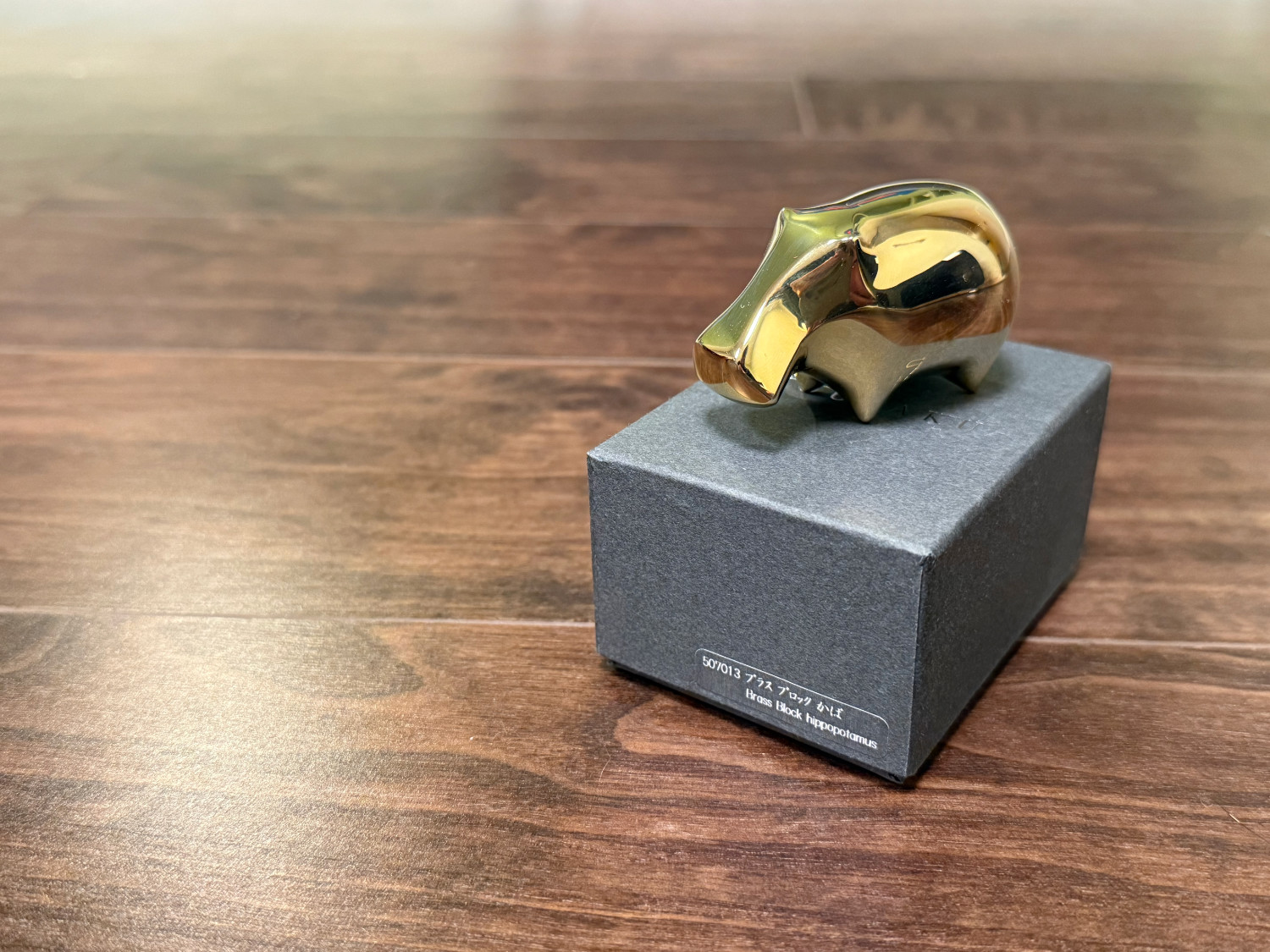 The next item is the star of the show. It is a solid brass figurine of a hippo hand polished to a mirror finish, designed by Mitsumasa Kokubo for Nousaku. It has a satisfying weight and an alluring quality that makes it impossible to not pick up and smudge with fingerprints.
The next item is the star of the show. It is a solid brass figurine of a hippo hand polished to a mirror finish, designed by Mitsumasa Kokubo for Nousaku. It has a satisfying weight and an alluring quality that makes it impossible to not pick up and smudge with fingerprints.
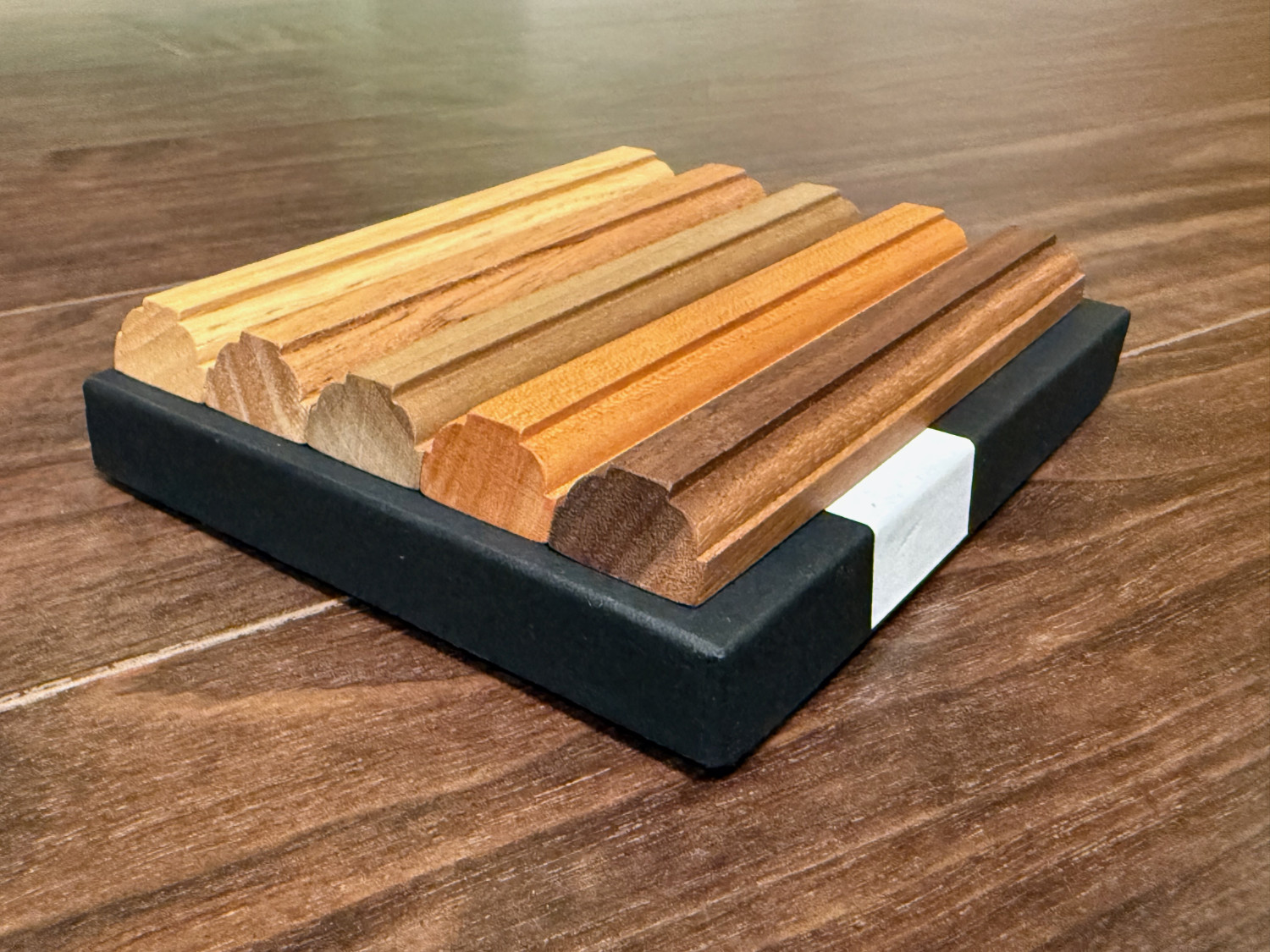 This was the hardest item to find information on. Initially I thought they might be wood samples but after some digging I found that they are cutlery rests from ‘Arts Craft Japan’ — a furniture maker in Takayama, Gifu. They supposedly invoke the feeling of the nearby city of Hida and after viewing some photos I can see a connection.
This was the hardest item to find information on. Initially I thought they might be wood samples but after some digging I found that they are cutlery rests from ‘Arts Craft Japan’ — a furniture maker in Takayama, Gifu. They supposedly invoke the feeling of the nearby city of Hida and after viewing some photos I can see a connection.
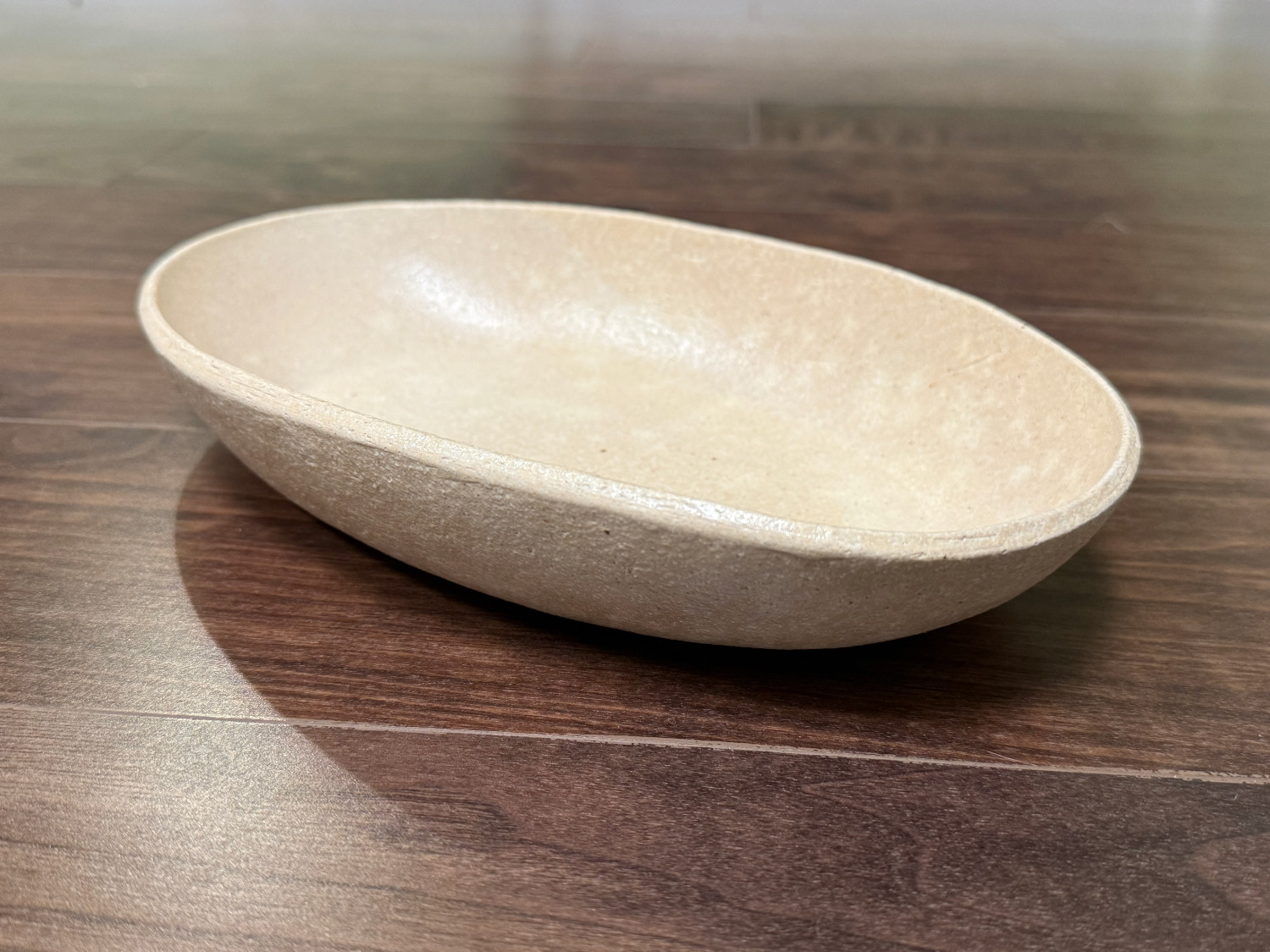 The largest item in the bag was this large-ish bowl. It has a rough texture. At first I thought that I might use it as a fruit bowl, but I think it may be a little too small. I hope that I might find a use for it.
The largest item in the bag was this large-ish bowl. It has a rough texture. At first I thought that I might use it as a fruit bowl, but I think it may be a little too small. I hope that I might find a use for it.
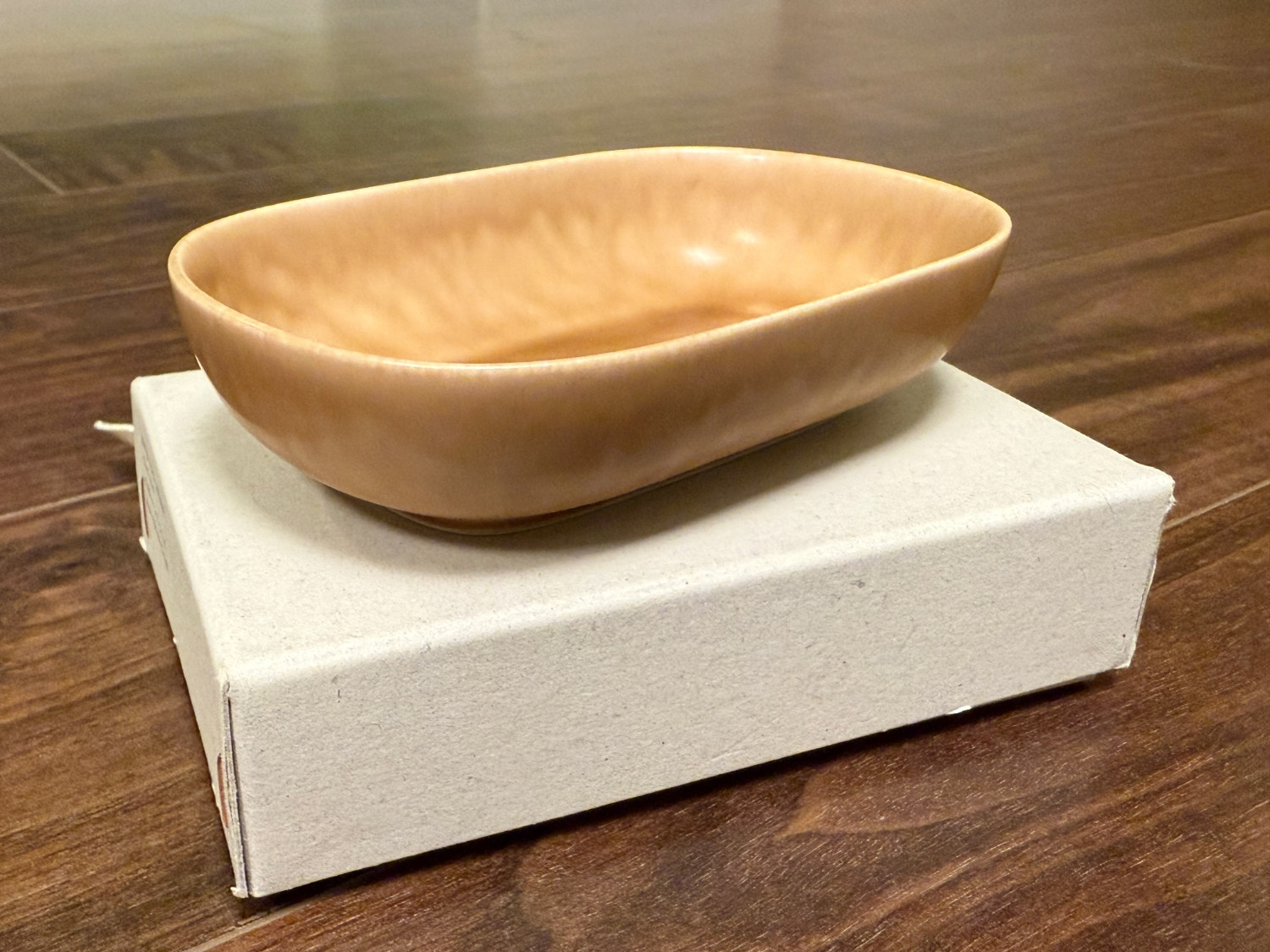 There was also a small bowl, this one is around the size of a soap dish and has a very smooth texture. It also has the effect of looking blurry in real life.
There was also a small bowl, this one is around the size of a soap dish and has a very smooth texture. It also has the effect of looking blurry in real life.
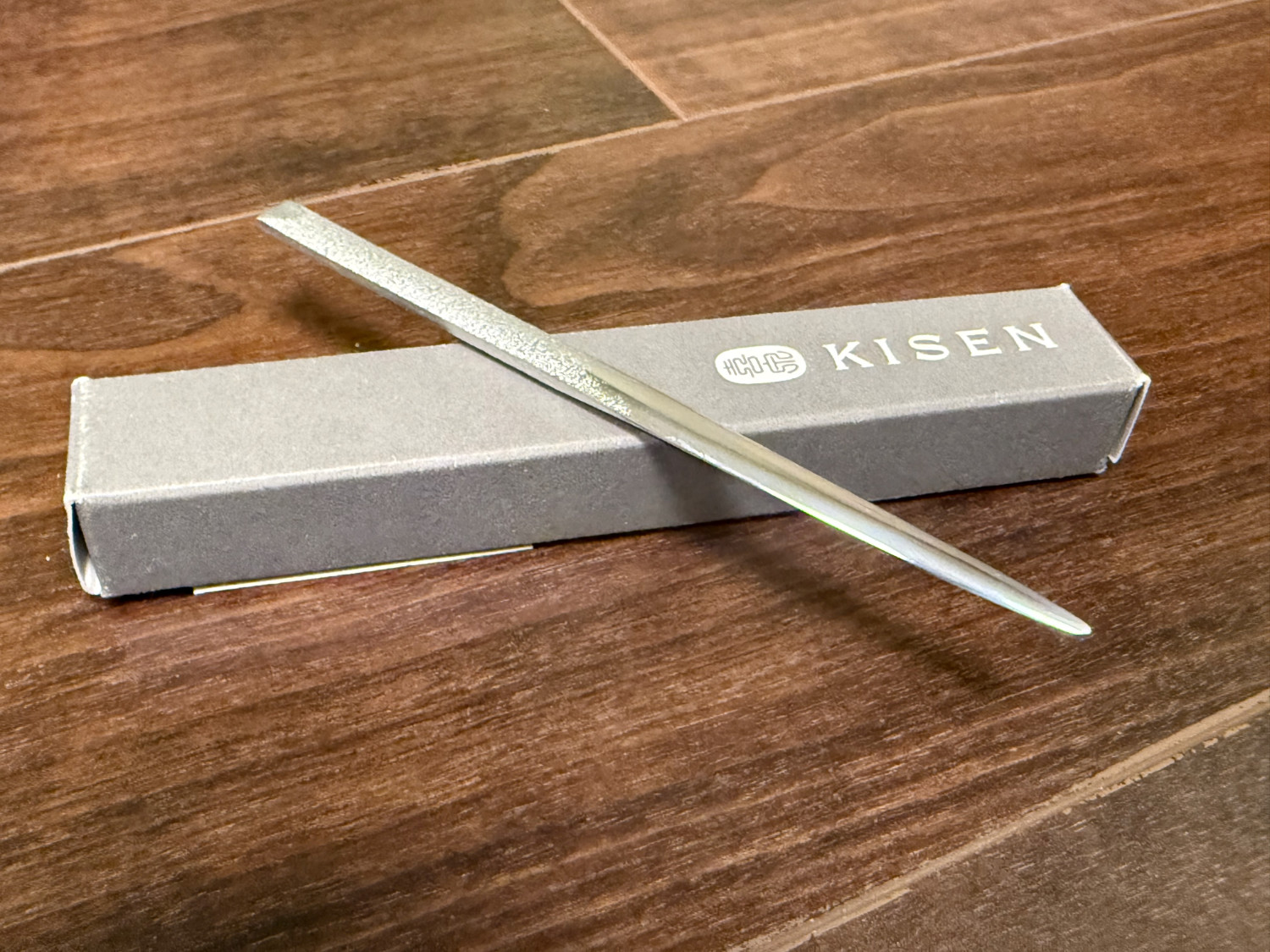 This is a fork for eating wagashi, traditional Japanese sweets. It is called Tsurara, is made by Kisen, and is made from aluminium. The handle is a little rough which helps to prevent slipping.
This is a fork for eating wagashi, traditional Japanese sweets. It is called Tsurara, is made by Kisen, and is made from aluminium. The handle is a little rough which helps to prevent slipping.
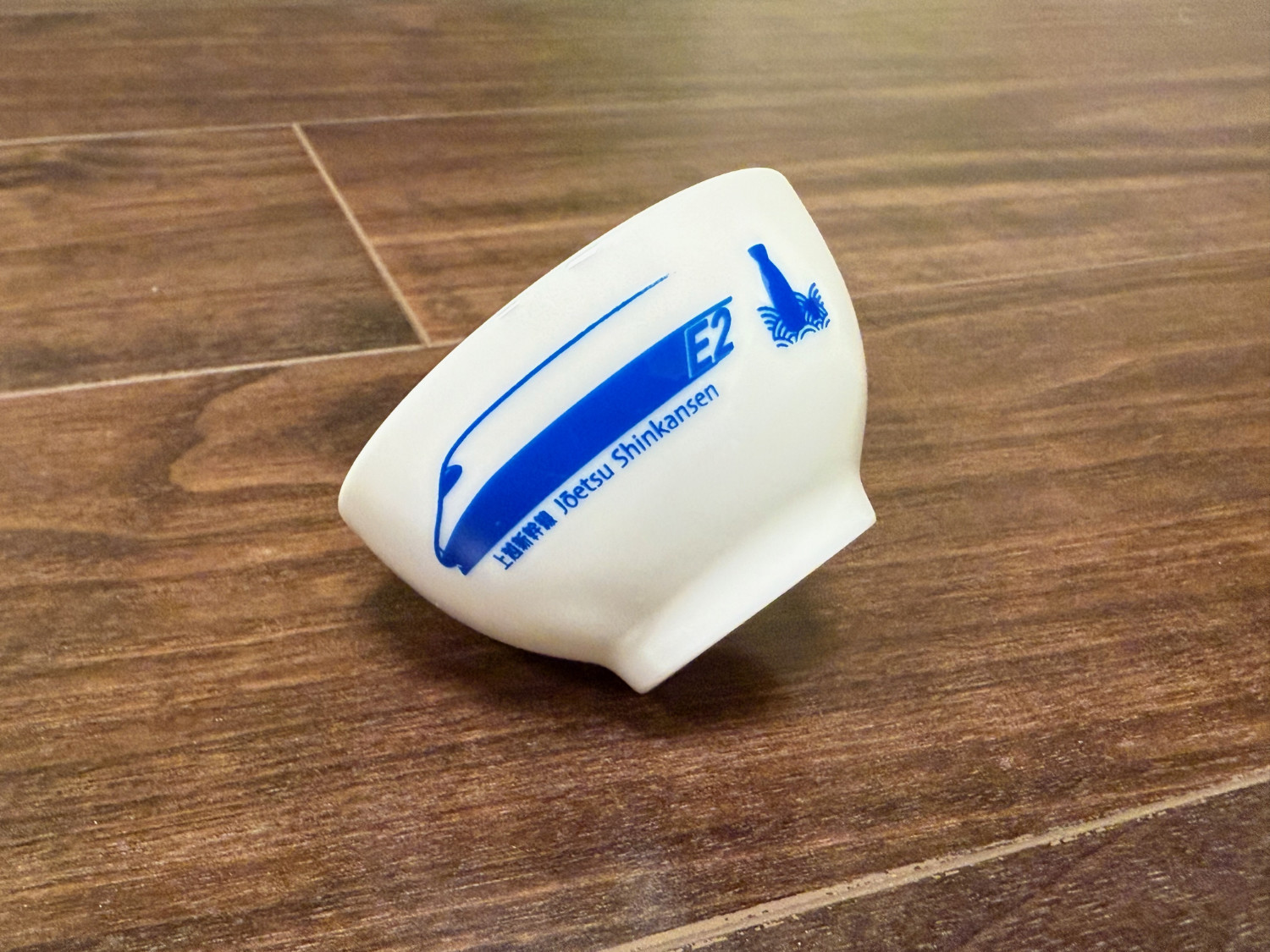 This is a cute sake cup with a Shinkansen illustration and pairs nicely with the tengui.
This is a cute sake cup with a Shinkansen illustration and pairs nicely with the tengui.
I managed to find prices for everything apart from the cutlery rests. It looks like the contents of the bag are discounted from list prices by at least 60%. I am generally utilitarian minded, and I wouldn’t buy one outside of new year, but it was a lot of fun to get lots of surprise nice objects. I might be tempted to get one next year too!
If you want to buy one for yourself, then you can still buy them from their online store (until they run out I suppose). You can also visit them on Kensington High Street. Again, no idea when they will run out but they are usually worth a visit anyway.
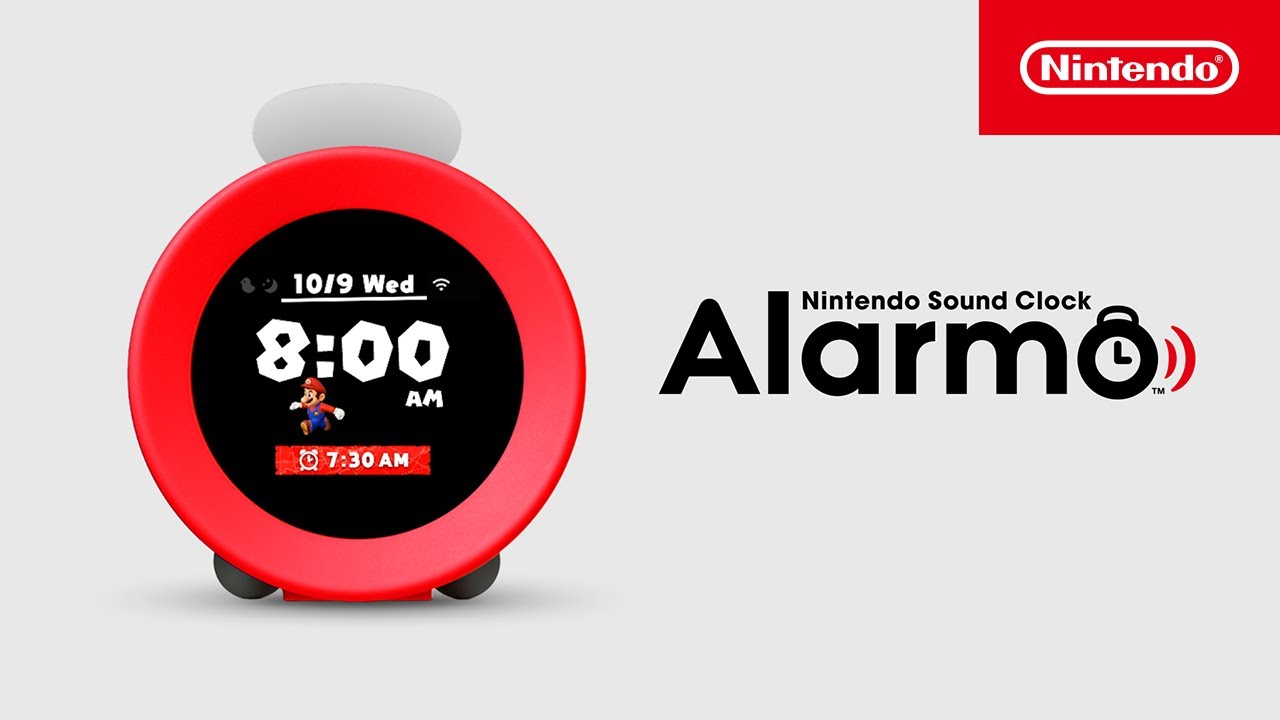
Yesterday, Nintendo announced their latest device — an alarm clock. You can watch the trailer if you’re interested. In short, it’s a small alarm clock that sits on your bedside table and wakes you up with the music from various Nintendo video games.
It has some form of radar / sensor that detects stirring as you begin to wake up and plays sound effects from the selected game. Functionally useless in the age of smartphone alarms next to most bedsides, it does at least bring some fun in an age where gadgets are usually boring. I really wonder what the chain of meetings inside Nintendo HQ looked like for this to be released.
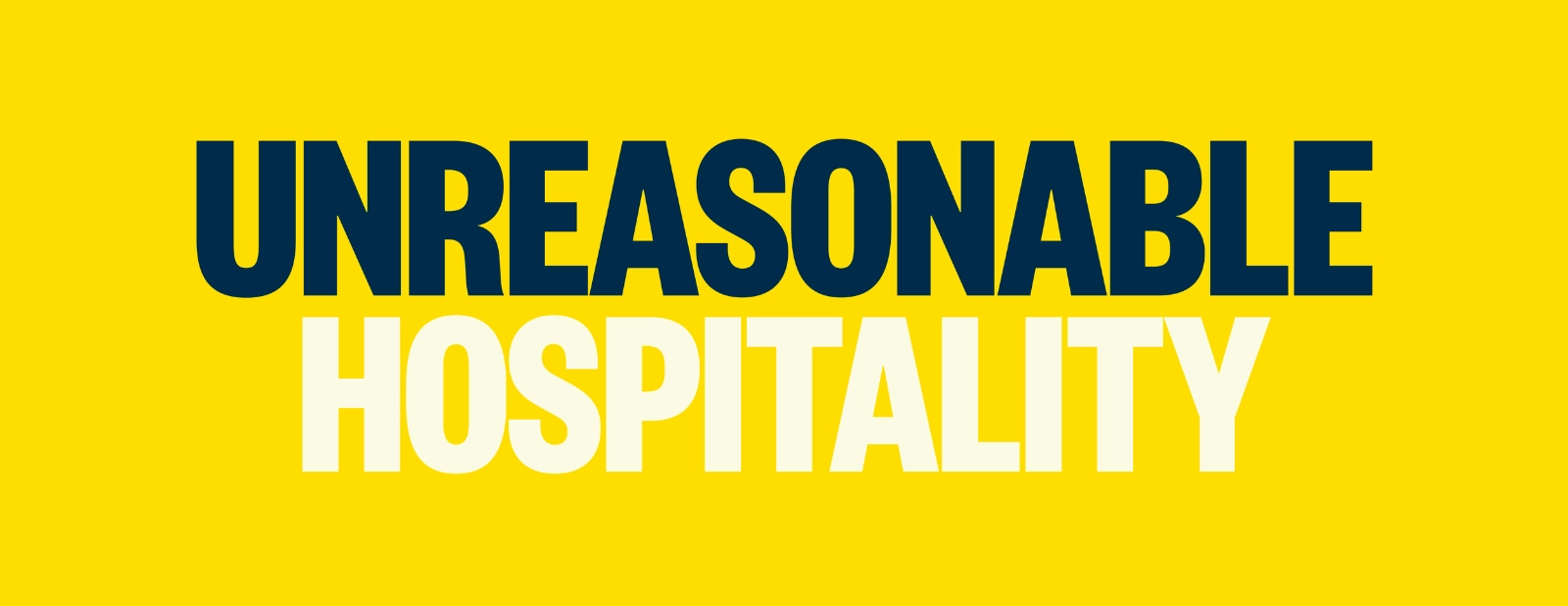
I recently finished reading Unreasonable Hospitality by Will Guidara, which details his career through the hospitality industry. While the book’s central idea is that the unreasonable levels of hospitality demonstrated at Eleven Madison Park can be applied to any business, the true charm rests in the stories and lessons the book has to offer.
Unreasonable Hospitality is filled with ‘legends’ where through extreme thoughtfulness and resourcefulness they exhilarate their diners with simple, bespoke gestures — such as running out and plating a hot dog for someone who is spending their last day in New York and had not gotten the opportunity to enjoy one. With good sense they then systemise many of these gestures that could apply more broadly, such as offering to top up the meter for any guests parked close by.
The next and more practical lesson from the book is the indefatigableness demonstrated each time a set back is encountered. They came last in the top 50 best restaurants — many would settle to be in the top 50, others would wallow in despair but instead with self-control they confidently identify their faults, improve on them and come back stronger each time. By coming last and improving themselves they built something better for both guests and staff — an example for us all.
While I would not expect this to change your world, there is a lot of wisdom to collect here for those who seek it and there is additional intrigue if you also work in hospitality. I recommend this book for anyone looking to improve their approach to delivering their product — whatever their product may be.
At a young age, a passing comment by a family member about its strength-to-weight ratio captured my imagination and led to a fascination with titanium that persisted into adulthood. Unfortunately titanium is not frequently encountered in adulthood. When Apple announced the latest iPhone 15 Pro, which has an outer band crafted with titanium and comes with a natural titanium colour, my curiosity was naturally piqued.
I eagerly acquired the iPhone 15 Pro 256gb in natural titanium on launch day. As I unboxed it I was struck by two observations. First, it felt noticeably lighter than its predecessors — beyond its stated reduction in mass. Second, the natural titanium colour imbued the device with a ‘tool-like’ quality — it exuded a sense of purpose, more like a crafted tool designed for productivity rather than a device for entertainment. The material and colour would be a great match for the Apple TV remote, for example.
The camera improvements are subtle, but discernible. Most notably, portrait mode now operates automatically on regular photos — all you need to do is snap away, and then you can apply portrait mode filters afterwards. Additionally, the main camera now offers a range of focal lengths that you can alternate through without sacrificing image quality — a welcome addition for those preferring a 35mm focal length.
In terms of performance, I measured a roughly 12% improvement over the iPhone 14 Pro. While current everyday tasks will not fully exploit this power, the new tranche of AAA games making their way to the iPhone will. I am mostly looking forward to trying out the new Assassin’s Creed title, and the prospect of console-grade gaming on an iPhone a-la-Switch could breathe new life into the mobile gaming sector.
Finally, the biggest outward change is the action button, which replaces the traditional mute switch. Its versatility is a potential game-changer. The action button lets you trigger an action on your device when it is pressed, the very nicely 3D rendered UI for selecting the action gives you a range of basic options such as muting, opening the camera, toggling a focus mode — but the most powerful option is the ability to launch a shortcut. I currently have mine setup to streamline task management, reminders, and manually logging health data.
Summarising, the iPhone 15 Pro is a solid, albeit incremental improvement and as such it is undoubtedly the ‘best iPhone ever’. The changes in material, and the addition of the action button subtly shift your perception of the device as you use it away from entertainment, and towards utility. It will be interesting to see if this silent nag will have any long term impacts in how people use their device.
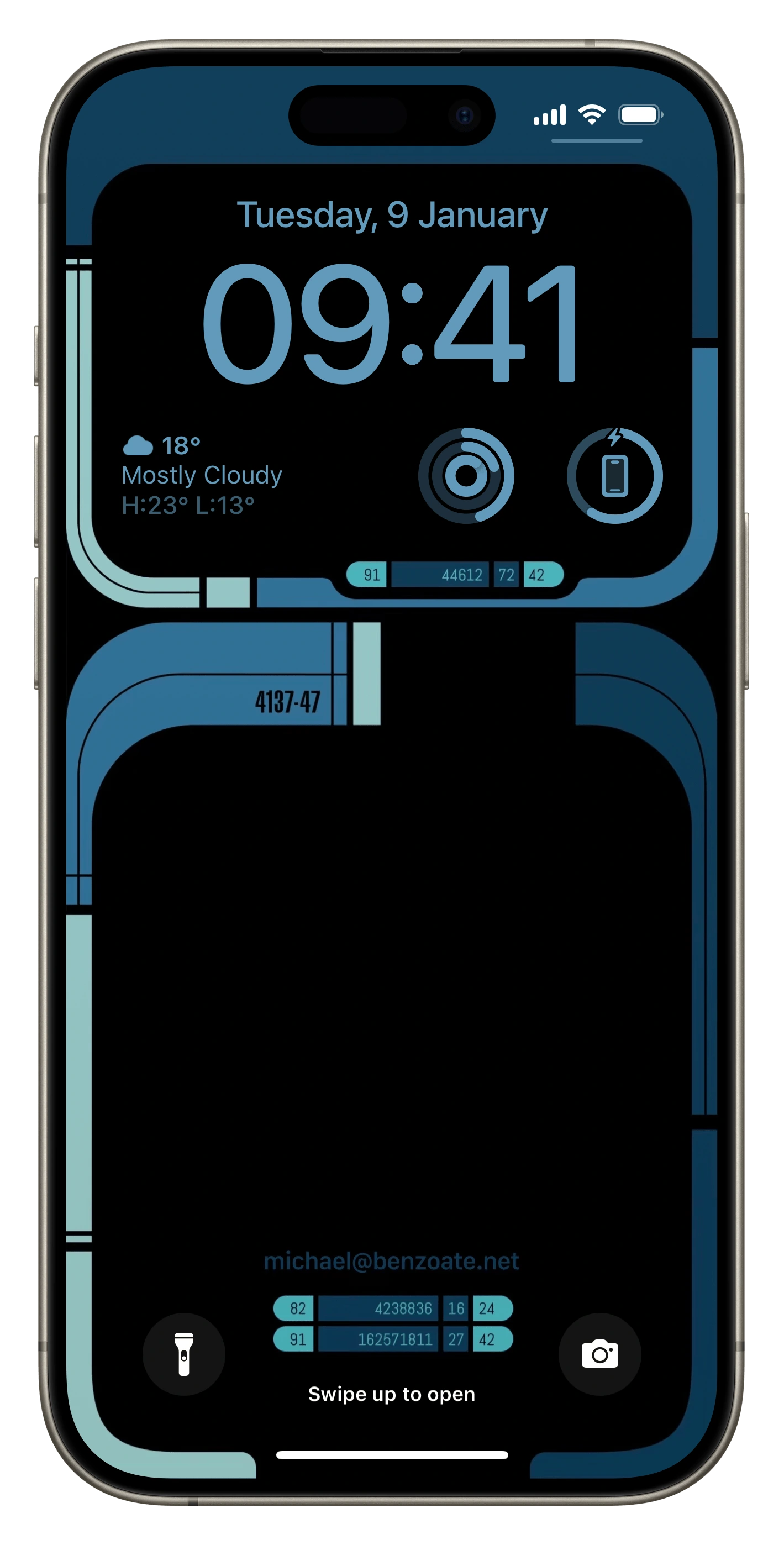
The best tricorder ever.
On Tuesday, the 18th of October 2022, I arrived at the eye hospital ready to have wavefront guided LASIK eye surgery. On entry, a sign directs me to wear a face mask and I oblige — my glasses immediately fog up. I clear my glasses and forcefully fold the mask over my nose to avoid more fogginess and make my way up the stairs. A nurse hands me a goody bag with three different types of eye drops that are to be taken at declining intervals over the next few weeks. I see a fellow patient who has just undergone the same procedure sitting in silence with their eyes closed. After a short wait I am taken into the operating room where I sign some paperwork and then lay on the table beneath two imposing machines. A nurse places a foam wedge under my knees, and with that we are ready to begin.
Throughout childhood I managed to get by without glasses but at 17 after struggling to read the whiteboard for a few months I went to the opticians with what I thought were dry eyes. One week later I was walking out of the opticians with a myopia diagnosis and a pair of glasses. Many people who have experienced a change in prescription will understand the thrill of a new pair of glasses: the world is suddenly viewed with a clarity that was hitherto unimaginable — but over time the elation wanes. Glasses need to be cleaned, glasses need to be pushed back up, glasses need to be adjusted, glasses need to be maintained.
Eventually the accumulated frustration had built up sufficiently to break through the fear and procrastination and I decided to get contact lenses. Euphoria once again returned, not only was my vision crisp; I could see all around me. Ascending a set of escalators I could see every crevice of the store below in my periphery. Years passed, I would occasionally switch to glasses for a time but always returned to contact lenses.
After nearly a decade of contact lens use I visited the opticians for a routine checkup. They told me that because I was wearing contact lenses for too long each day they were starting to scratch the surface of my eye. This wasn’t a problem per se, but would eventually make lenses untenable. They asked me to reduce my lens usage first, but rather than take this risk I decided to switch back to glasses full time. I invested in a great pair from Ace & Tate — blue light filter, ultra thin compression, every coating available — and for a time I enjoyed them greatly, but they had unimagined consequences.
In an effort to lose weight gained and regain health lost over lockdown, I had recently taken up running. My resting heart rate had declined from 74bpm at the start of the year to 60bpm in July before I switched back to glasses. Unfortunately, running with glasses proved to be more difficult than imagined. During a run, the glasses needed to be pushed up, they would inevitably get a highly distracting smudge on them and they would interfere with my headphones. Running without the glasses was somewhat viable but I ran in perpetual fear of tripping on a loose paving slab or running through an otherwise unseen hazard. Every kerb became an obstacle to slow down for rather than something to be leaped up with confidence. I stopped running eventually, and failed to replace it with another form of exercise; the consequences for my health were dire as can be seen by the resting heart rate charts.
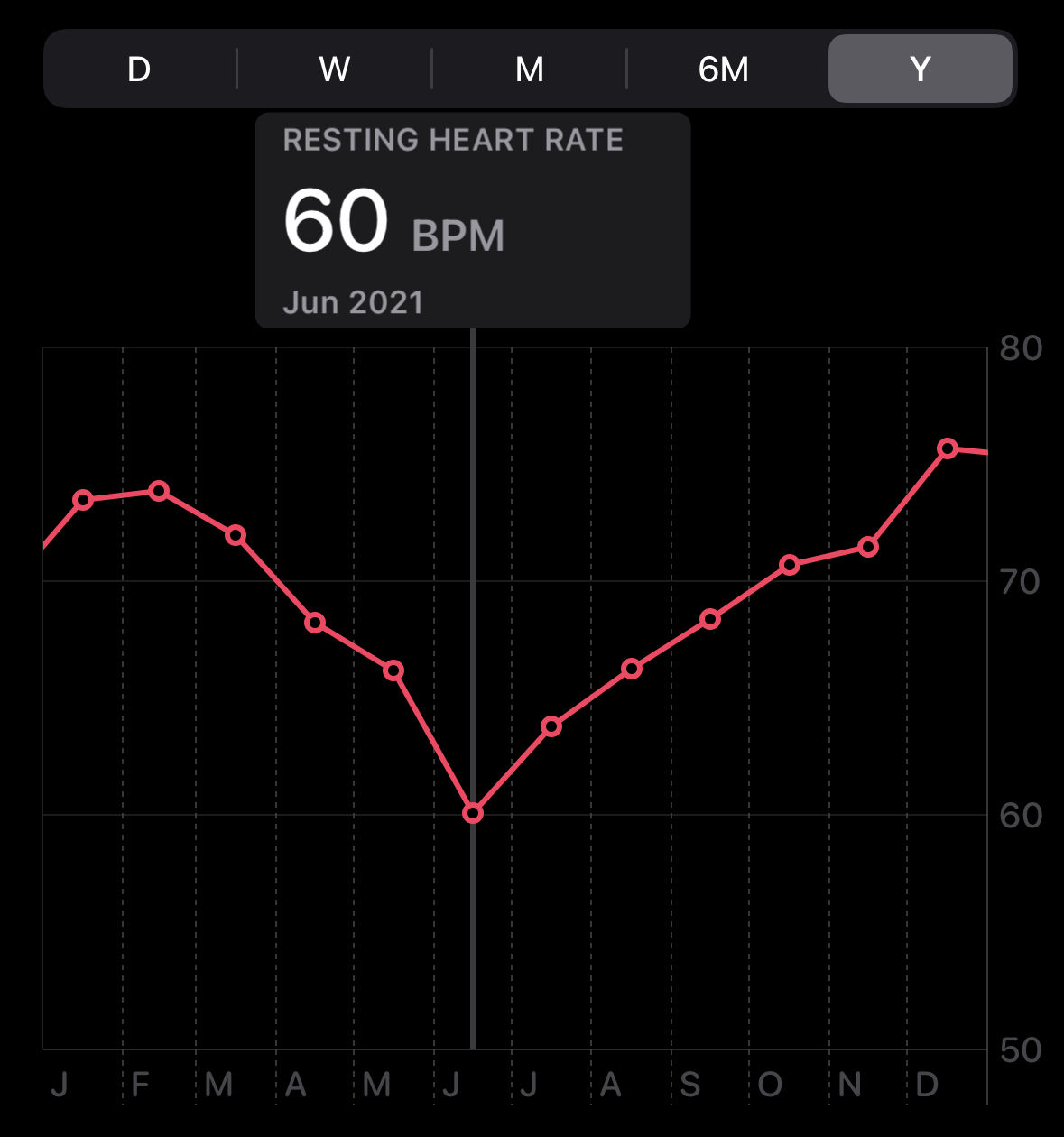
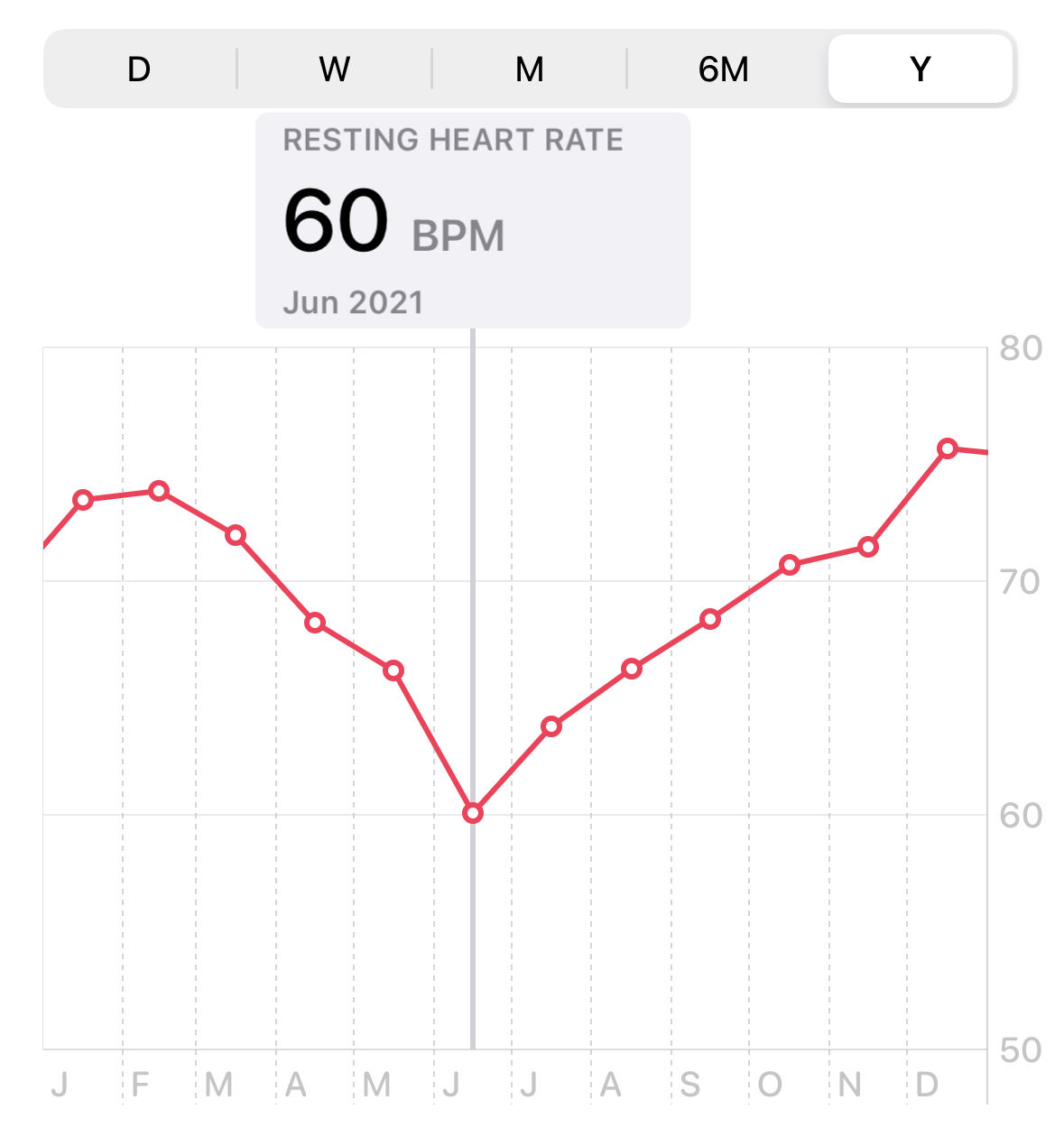
We humans are creatures of habit - our habits are nudged not only by our objectives but also circumstances and environment. You might want to learn a new language, but it’s a lot harder to get into the habit of using Duolingo every day if your phone has a cracked screen, barely holds a charge and periodically crashes. Willpower and discipline will overcome this to a certain extent, but things are easier if you set your environment up for success.
I eventually identified my glasses as a source of such psychological burden, nagging me towards inactivity, causing me to think twice before taking any action remotely active and placing a barrier between me and the world. The obvious solution was laser eye surgery, so after some research I booked an appointment with Moorfields Eye Hospital and I was soon on my way to the operating room. I confess that I had not considered Orthokeratology lenses — lenses you wear at night which correct your vision during the day — because I simply hadn’t heard of them. The price makes Ortho-K lenses uneconomical compared to laser eye surgery but given the lack of invasiveness I may well have sought them out as an alternative.
Back in the operating room the surgery is underway. The surgeon rotates me between the different machines and I get to the step where I am mostly blind. The experience was unique, I could see only an ocean of nothingness and the faint blinking red light of the machine I was somehow supposed to focus on. Even the blur of that light was something I had not previously witnessed, it was not only a gradient but distinctly grainy. The surgeon finishes up and I sit up. Looking around is strenuous, everything is extremely bright, but I make my way to the waiting area and start to apply eye drops every 3-5 minutes for the next thirty minutes. The consultant checks up on me, gives me the all clear and sends me on my way. I call my own Uber.
The next few days are the most exciting. For the first few hours I take occasional peeks, everything is so crisp but light sources are difficult. By 5pm I can keep my eyes open, bright lights are a bit of a problem but not too bad. The next day I would describe the process as complete, I had regular eye drops but any discomfort was gone, my vision continued to improve over the next several weeks.
My vision now is beyond flawless. I can read signs at distances where I previously may have only just realised there was a sign. The most unexpected aspect is in the periphery. When wearing glasses you are effectively wearing blinkers, you can see in-front but the sides are blurry and obstructed by the frame arms. Contact lenses liberate you from much of this, though compared to laser corrected vision the acuity is not so pervasive. The best way to think about this might be through video games. Modern video games blur and render in lower quality areas of the screen that are not in focus. Laser eye surgery has made the clarity like slightly older video games where the edges of every surface — even where not in focus — are perfectly crisp. Indeed, I now look at some of the cleaner stone buildings around London and the lines are so straight and crisp that they now feel more like artificial renders.
The surgery was expensive — and the cost may be prohibitive to many — but I believe that if anyone who wears glasses or contact lenses could somehow test the outcome of laser corrected vision for a few hours, they would largely be organising their life and finances around finding a path to make it happen. If you are on the fence, get off.

 The next item is the star of the show. It is a solid brass figurine of a hippo hand polished to a mirror finish, designed by Mitsumasa Kokubo for Nousaku. It has a satisfying weight and an alluring quality that makes it impossible to not pick up and smudge with fingerprints.
The next item is the star of the show. It is a solid brass figurine of a hippo hand polished to a mirror finish, designed by Mitsumasa Kokubo for Nousaku. It has a satisfying weight and an alluring quality that makes it impossible to not pick up and smudge with fingerprints. This was the hardest item to find information on. Initially I thought they might be wood samples but after some digging I found that they are cutlery rests from ‘Arts Craft Japan’ — a furniture maker in Takayama, Gifu. They supposedly invoke the feeling of the nearby city of Hida and after viewing some photos I can see a connection.
This was the hardest item to find information on. Initially I thought they might be wood samples but after some digging I found that they are cutlery rests from ‘Arts Craft Japan’ — a furniture maker in Takayama, Gifu. They supposedly invoke the feeling of the nearby city of Hida and after viewing some photos I can see a connection. The largest item in the bag was this large-ish bowl. It has a rough texture. At first I thought that I might use it as a fruit bowl, but I think it may be a little too small. I hope that I might find a use for it.
The largest item in the bag was this large-ish bowl. It has a rough texture. At first I thought that I might use it as a fruit bowl, but I think it may be a little too small. I hope that I might find a use for it. There was also a small bowl, this one is around the size of a soap dish and has a very smooth texture. It also has the effect of looking blurry in real life.
There was also a small bowl, this one is around the size of a soap dish and has a very smooth texture. It also has the effect of looking blurry in real life. This is a fork for eating wagashi, traditional Japanese sweets. It is called Tsurara, is made by Kisen, and is made from aluminium. The handle is a little rough which helps to prevent slipping.
This is a fork for eating wagashi, traditional Japanese sweets. It is called Tsurara, is made by Kisen, and is made from aluminium. The handle is a little rough which helps to prevent slipping. This is a cute sake cup with a Shinkansen illustration and pairs nicely with the tengui.
This is a cute sake cup with a Shinkansen illustration and pairs nicely with the tengui.



